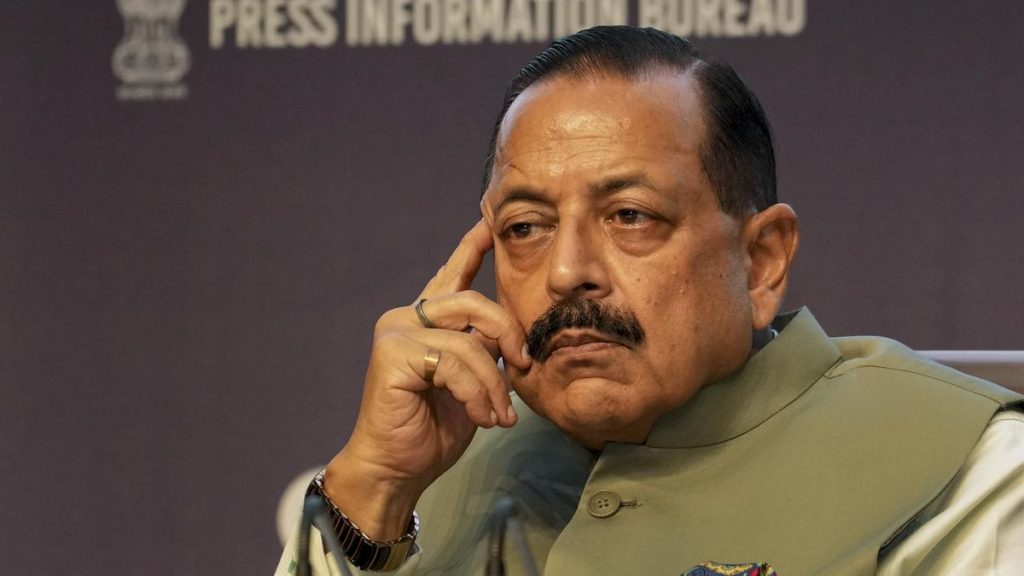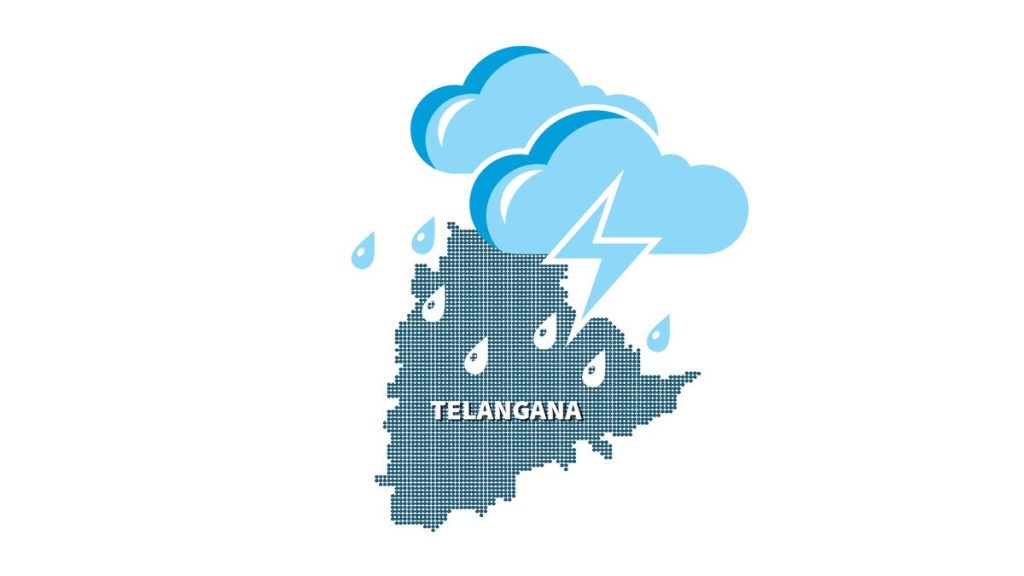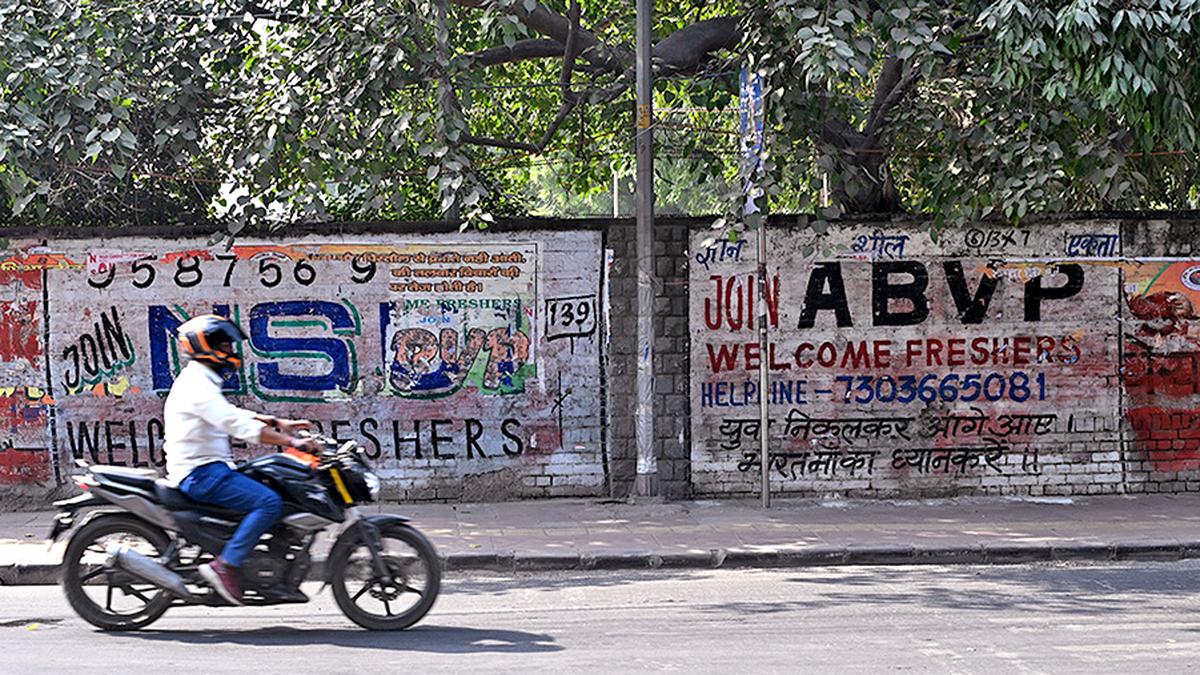Now Reading: U.S. Imposes 50% Tariff on Indian Goods; Business Leaders Voice Concerns
-
01
U.S. Imposes 50% Tariff on Indian Goods; Business Leaders Voice Concerns
U.S. Imposes 50% Tariff on Indian Goods; Business Leaders Voice Concerns
Quick Summary:
- The U.S. government has enforced a 50% tariff on Indian goods starting August 27, 2025, citing India’s indirect imports of Russian oil as the reason for the additional 25% increase on previous tariffs.
- Industries impacted include textiles, gems and jewelry, leather goods, chemicals, and machinery. Meaningful job losses in export-dependent sectors are anticipated.
- Treasury Secretary Scott Bessent acknowledged challenges but expressed optimism about long-term harmony between India and the U.S., considering thier mutual economic importance.
- Prime Minister Narendra Modi emphasized strengthening domestic industries under the “Swadeshi” mantra (“vocal for local”) amidst increasing external pressures.
- Congress leaders criticized the Modi government’s foreign policy approach; Samajwadi Party leader Akhilesh Yadav highlighted severe consequences for Uttar Pradesh exporters.
- Indian industry bodies see this as an opportunity to evolve into a resilient trading partner but raised concerns over reduced competitiveness globally.
- Government sources stated communication channels with the United States are open to addressing these trade issues.
indian Opinion Analysis:
the imposition of steep tariffs by the United States reflects growing diplomatic friction that intertwines geopolitical decisions (such as India’s oil purchases from Russia) with trade policies. While immediate impacts appear significant within sectors like gems & jewellery and textiles (with potential export declines projected at over 75%), longer-term effects hinge on how swiftly bilateral negotiations progress.India’s pivot towards reducing its reliance on exports via initiatives like “Swadeshi” could bolster self-sustaining industries but may not fully compensate for lost foreign revenue streams in critical markets such as textiles or diamonds in the short term. As both nations possess historically interlinked economic interests-the largest democracy engaging with the largest economy-cooperation remains essential despite complexities noted by experts.
For exporters impacted severely, strategic measures including diversifying trade partnerships or exploring emerging export markets outside America might be necessary until resolutions materialize via bilateral communications channels.
Read more: The Hindu
Quick Summary
- 50% U.S. Tariff on Indian Goods: The U.S. has imposed a 50% tariff on Indian imports, impacting labor-intensive sectors like textiles, leather, gems and jewellery, marine products, and engineering.
- Economic Impact: Economists warn of severe repercussions for India’s growth rate due to reciprocal tariffs. Moody’s says private investment could be hampered.
- Government Initiatives: India plans outreach in 40 countries (e.g., UK, Japan) to diversify textile exports and mitigate losses caused by the tariffs.
- Domestic Market Resilience: GTRI suggests leveraging India’s domestic consumption (80% of GDP) while finalizing free trade agreements with nations like the EU and Peru.
- Reactions from States: Export-dependent industries in West Bengal and Kanpur report stalled contracts amid fears of losses exceeding ₹2 lakh crore across affected sectors.
- Political Reactions:
– Congress’ Mallikarjun Kharge labeled it a failure of “superficial foreign policies,” citing farmer distress and job risks.
– Rahul Gandhi accused Trump of “economic blackmail,” urging Modi not to compromise India’s interests.
Indian Opinion Analysis
The imposition of high U.S. tariffs adds significant strain to India’s trade relationships while opening channels for introspection into its export strategies. Diversifying markets through targeted diplomacy appears practical; however, immediate challenges will likely deepen reliance on India’s growing domestic economy or compel an aggressive pursuit for new free trade partnerships (FTAs). Long-term resilience may hinge on improved production competitiveness alongside proactive economic diversification.
While political critiques underscore accountability gaps, the future trajectory relies notably on whether diplomatic solutions or retaliatory measures prevail-a key indicator defining broader geopolitics beyond bilateral disputes. Immediate loss mitigation will test both governmental adaptability and industry resourcefulness.Read more: The HinduQuick Summary
- Markets in India were closed on August 27, 2025, for Ganesh Chaturthi.
- U.S. President Donald Trump imposed an additional 25% tariff on Indian goods over India’s purchase of Russian oil, bringing total levies to 50%.The new tariffs came into effect on August 27, impacting exports in sectors like apparel, textiles, gems and jewelry, shrimp, carpets, and furniture.
- Export organizations predict a significant hit to India’s U.S.-bound shipments due to competitive pricing disadvantages (30%-35%) compared to countries like China and Vietnam. According to GTRI data:
– 66% of exports worth $60.2 billion will face a 50% tariff.
– Another 4%, worth $3.4 billion, will experience a smaller tariff (25%). About $27.6 billion of exports remain duty-free (30%).
- PM Modi urged Indians to embrace the ‘Swadeshi’ philosophy under “Vocal for Local” initiatives aimed at decreasing export reliance by boosting domestic consumption of Indian goods.
- RBI Governor Sanjay Malhotra pledged support for sectors likely impacted by these tariffs.
- India’s Ministry of External Affairs termed the sanctions as “unfair” but hasn’t commented on potential counter-actions yet.
Indian Opinion Analysis
The additional tariffs imposed by the United States could have widespread implications for India’s economy and bilateral trade with its largest export partner. With key sectors such as textiles and gems facing steep pricing challenges under the increased levies, competitiveness against nations like China and Vietnam may decline sharply unless corrective measures are taken domestically or diplomatically.
India’s push toward ‘Swadeshi’ suggests preparations for mitigating dependency on foreign markets amid increasingly protectionist policies globally-but transitioning from export-driven growth cannot be instantaneous without adverse consequences for industries reliant on international trade revenue streams.
RBI’s assurance shows policy preparedness at home; though swift strategic engagement-perhaps involving diversification among other trading partners or negotiations-is essential given these developments’ scale and severity.























